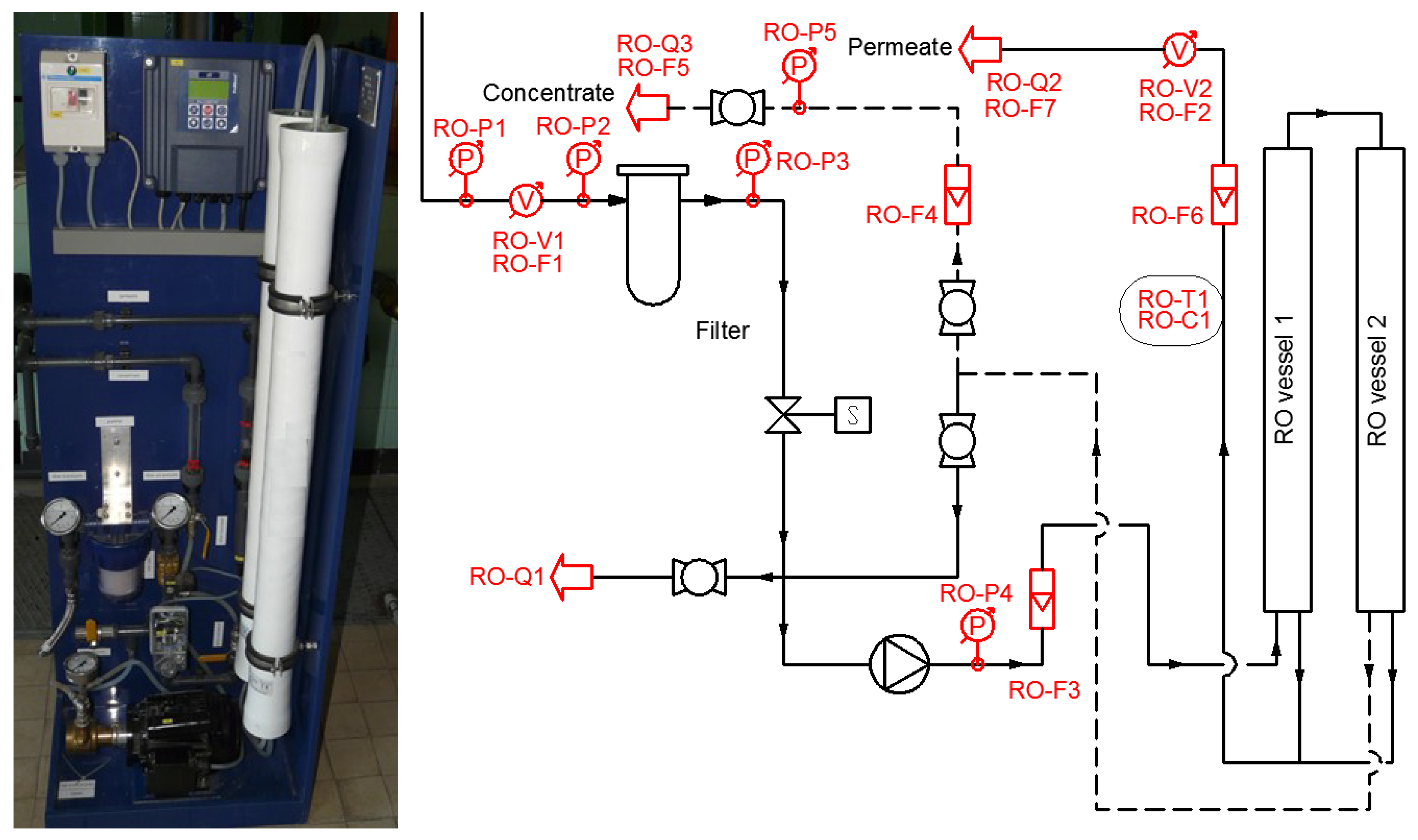

These methods produce high-quality water consistently, and the production rates are easily adjustable. Consequently, the HFFO-based infinity desalination process has an annual energy revenue of 183.83 million USD, compared with a stand-alone two-stage RO process based on a 100,000 m 3/day plant.īecause membrane-based desalination processes do not undergo a phase change, they have gained attention as cost-effective techniques compared with thermal-based desalination and require a relatively small footprint 1, 2. The HFFO showed a high dilution rate of the draw solution (up to approximately 400%), allowing the downstream SWRO process to operate at 25 bar with the same permeate volume production (recovery rate of 60%).

Based on these results, the energy costs were calculated and compared with those of a hybrid FO–seawater reverse osmosis (SWRO) process. In the HFFO test, the impacts of several operating conditions on the performance of the HFFO were investigated to select the best case. To evaluate the concept, an element-scale HFFO was conducted in both conventional FO and pressure-assisted FO modes, simulating a submerged HFFO operation.

In this study, a new concept of a hollow fiber forward osmosis (HFFO)-based infinity desalination process with minor environmental impacts (free-energy intake and no pretreatment or brine discharge) is suggested. Currently, desalination is limited by high energy consumption and high operational and maintenance costs.


 0 kommentar(er)
0 kommentar(er)
